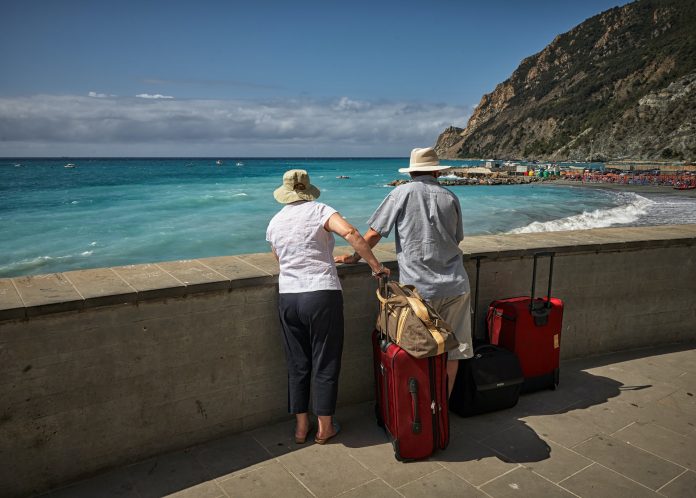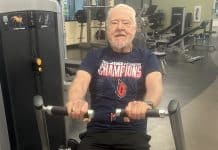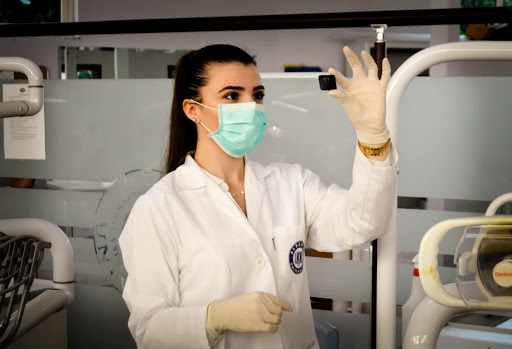Photo by Vidar Nordli-Mathisen on Unsplash
Travel USED to be fairly straightforward before coronavirus– you chose your destination(s), then your mode of transportation.
Somewhat simple perhaps.
Both mode and place have been severely compromised.
My wife and I had our retirement plans pretty much laid out for months to come when covid-19 struck. Trips were cancelled or altered almost beyond recognition (we ourselves, owners of a b&b (hercastle.com) and Airbnb, had shut down when the locals in our touristy locale on the Central California coast began objecting to an influx last spring and summer, and we became cautious about possibly infecting our home with the virus brought in by “strangers.”)
But then we were ready for a break…
Car trips became the safest modes of travel but with museums and other attractions shuttered we had to think hard about whether trips were even still worth it. If seeing scenery in the great outdoors was our main goal, this was surely still possible. But we quickly discovered the bathroom stops were in VERY short supply, even in the once dependable fast food restaurants. (Closing public restrooms in parks was a cruel decision by officials but was probably implemented to avoid liability lawsuits).
During this period starting in March 2020 or so the amenities of travel were quickly drying up for nearly everything and everybody–concerts, museums, restaurants, parks, even beaches in some cases. This we felt (and feel) went overboard. There is little evidence the virus is infectious in the great outdoors as long as distancing and masking is practiced and, in some cases, enforced. Even indoors where people are pretty mobile and spaced out wearing good quality masks there does not seem to us to be a great, overarching threat. (See my piece here at Seniors Lifestyle Magazine on the issues with masks).
Yet those who insist on gathering in public places WITHOUT masks (which, granted, aren’t always completely protective) has never made much sense to me. Making sure we are in sanitary surroundings remains paramount. But in all honesty, I think the pandemic has led to some hysteria that is not altogether justified.
The trips we cancelled (or were cancelled on us) included a tennis tournament, pre-paid concerts (outdoors and indoors), a train ride, and a cruise. So, ok, we sound like we were spoiled brats BEFORE the coronaviris. But in our defense, being retirees, there are plenty of similarly aged people (we are 73 and 70) who have counted on a leisurely and somewhat adventurous lifestyle after years working.
NOW visiting the grandkids in fairly far flung places (Oregon and Colorado) has quickly risen to the top of our travel itineraries (such as they are today!) and, fortunately, the kids’ parents aren’t fraidy cats about having us around. (And, yes, we have been willing to get aboard airplanes to go see them rather than travel long distances by car and face the dearth-of-bathrooms issue. We DO have one parent who refuses to eat inside of restaurants with their children, and outside is not always practical.
All in all, travel has not been eliminated from our lives by any means–just rather uncomfortably minimized. We know one family member and her husband, our ages, who haven’t traveled in months–even to see us (and we can accommodate them!). I hope they are not representative of a larger contingent of seniors.
By contrast, we are friends with an over 80’s couple we met in Hawaii years ago (while bathing in Waikiki Beach!) who, despite the ravages of age, still get around admirably and downright refuse to stay sheltered all the time in their Sun City.
More power to them, I say.
If you are like us, we aren’t getting any younger. (Well, who is?) So sitting on our duffs in front of a televsion set definitely holds little interest for us.



























